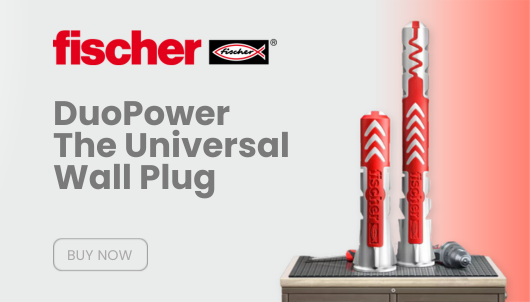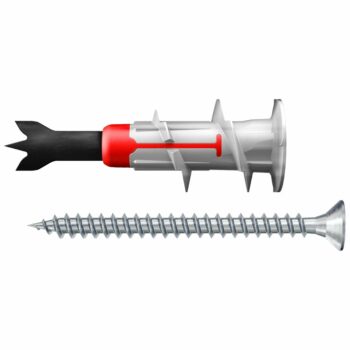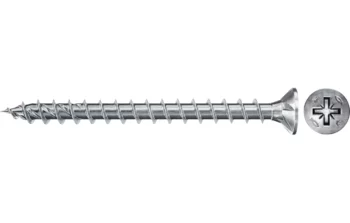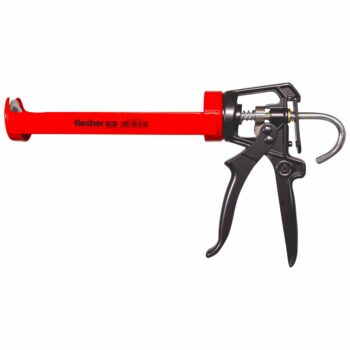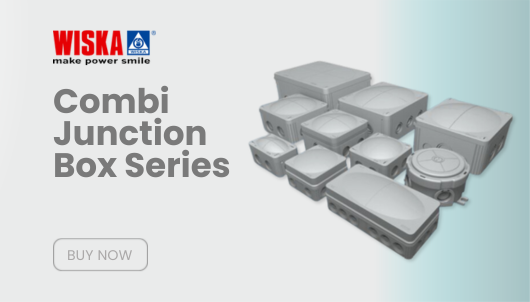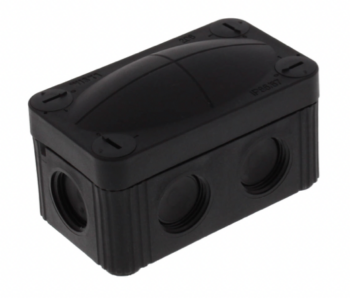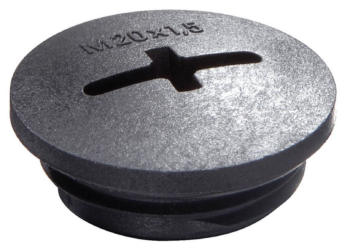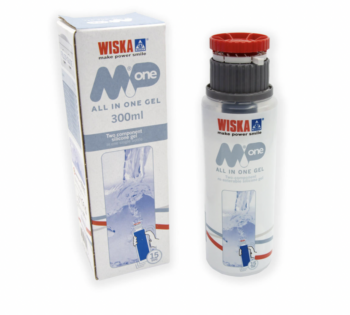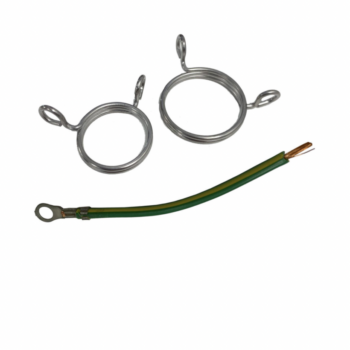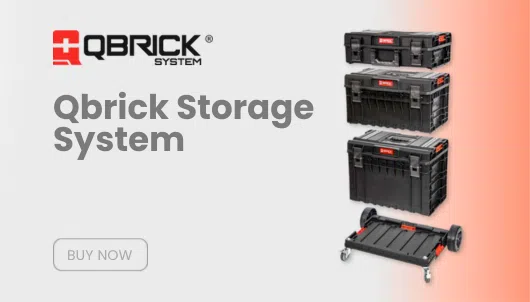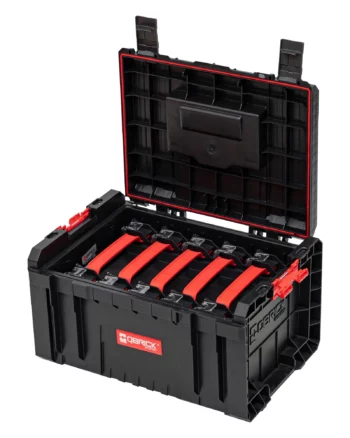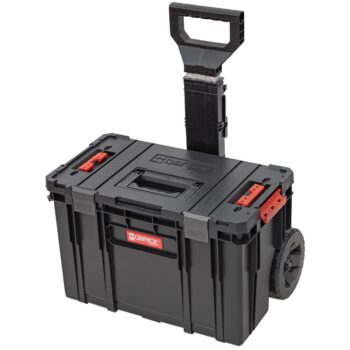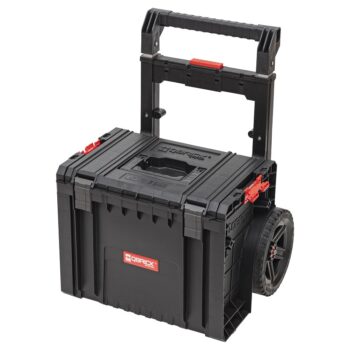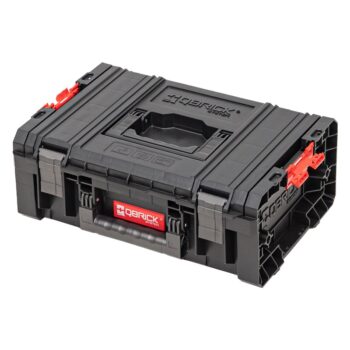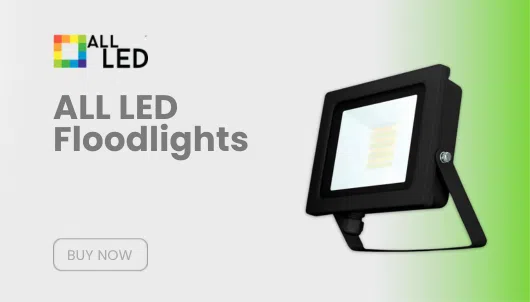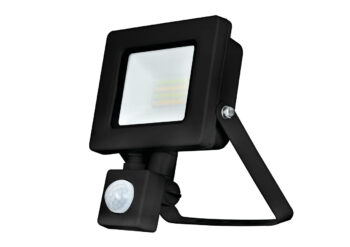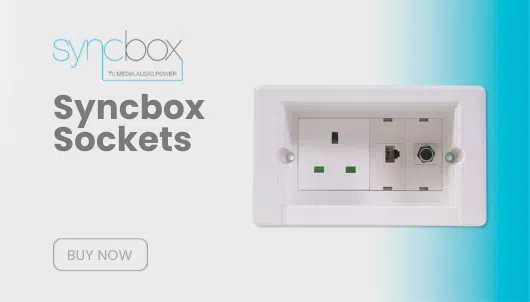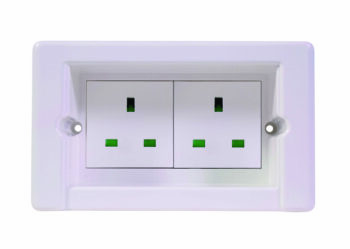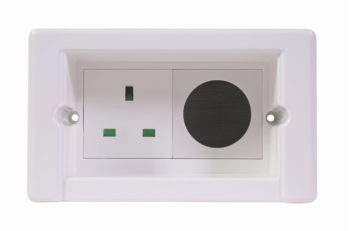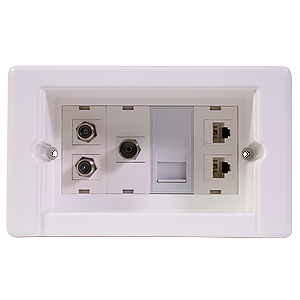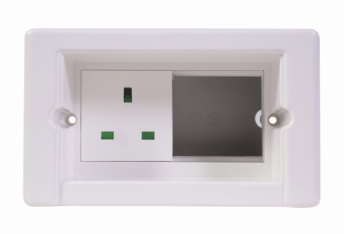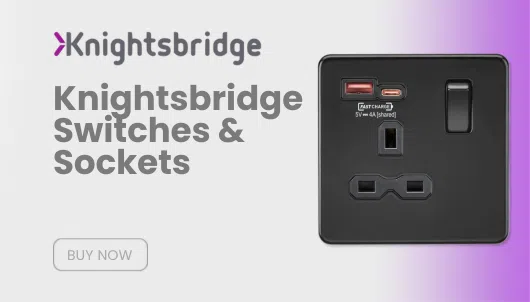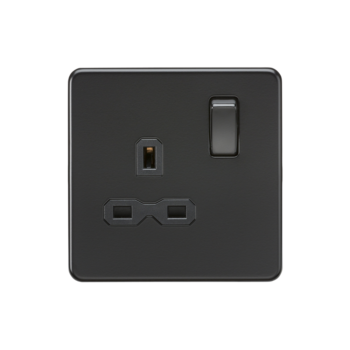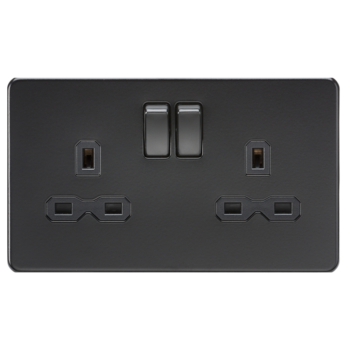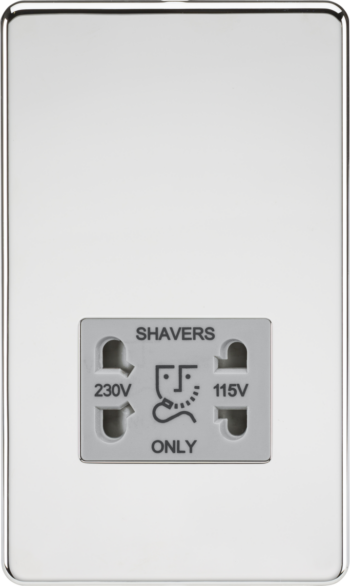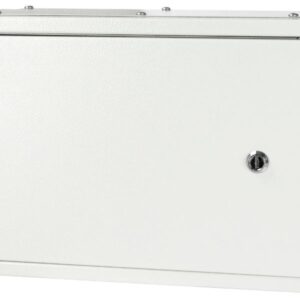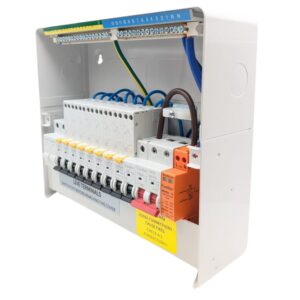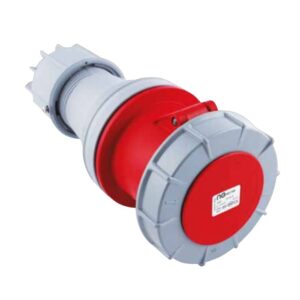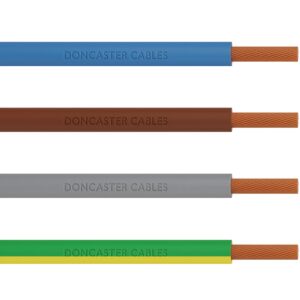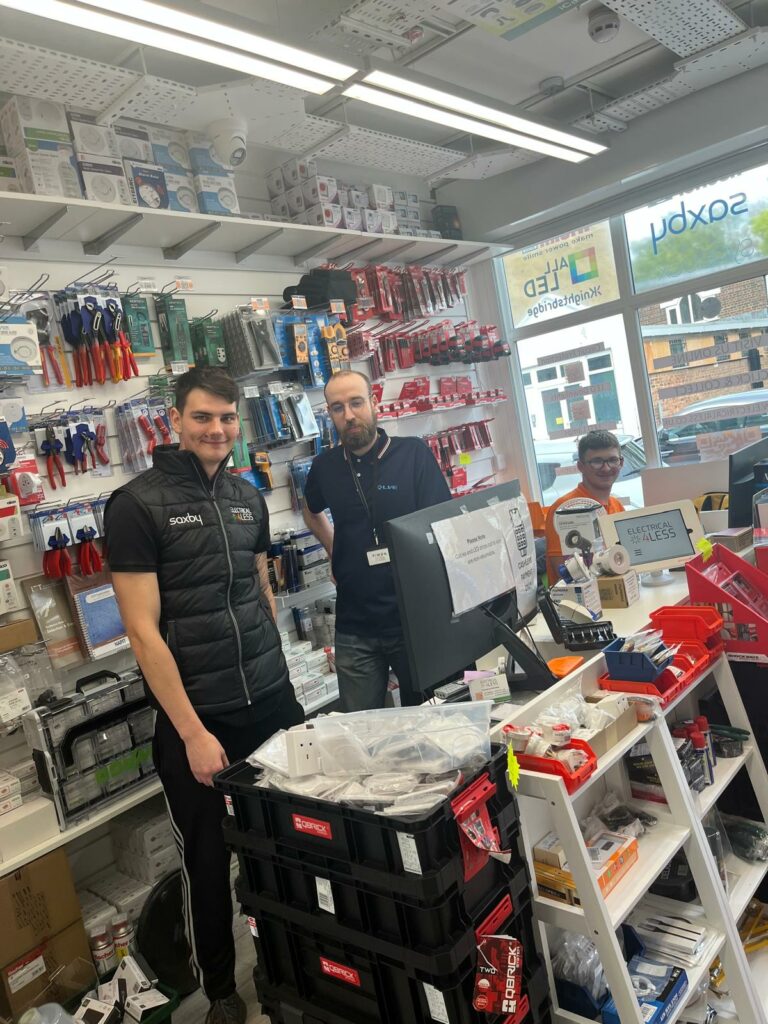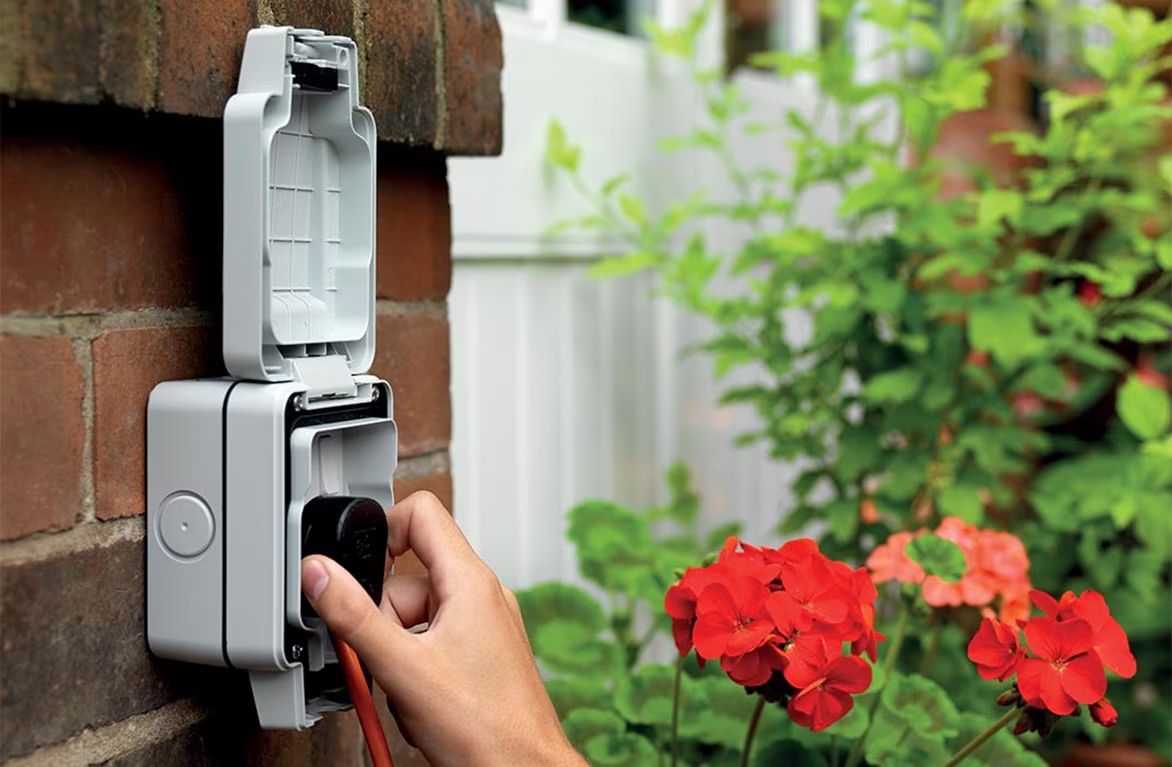
A Comprehensive Guide to Outdoor Electrical Sockets: History, Usage, and Considerations
Outdoor electrical sockets, also known as exterior or weatherproof outlets, have become an essential feature for modern homes and businesses. Whether you’re powering garden lights, outdoor entertainment systems, or simply charging your phone while relaxing in your backyard, these outlets provide a convenient and safe way to access electricity outdoors. In this article, we will explore the history of these sockets, their various applications, and key considerations for choosing and installing them. We will also take a closer look at some of the top brands available, including Hager and Knightsbridge.
The History of Outdoor Electrical Sockets
The Evolution of Electrical Sockets
The development of electrical sockets dates back to the late 19th and early 20th centuries, closely following the widespread adoption of electricity. Early electrical systems in homes primarily consisted of simple, open terminals or screw-in plugs used for light bulbs. However, as the demand for electrical appliances grew, the need for standardized, safer, and more convenient means of accessing electricity became apparent.
In the early 1900s, the first standardized electrical outlets were introduced. These early outlets were designed for indoor use, as electricity was initially considered a luxury for lighting and basic appliances inside the home. The idea of outdoor electrical sockets didn’t gain traction until the mid-20th century when outdoor living spaces began to evolve, and the demand for electricity in gardens, patios, and other exterior areas increased.
The Birth of Outdoor Electrical Sockets
The concept of outdoor electrical sockets emerged in the 1950s and 1960s when suburban living and the popularity of outdoor spaces started to flourish. As homeowners began to landscape their gardens and create outdoor recreational areas, the need for exterior electrical power became evident. Initially, outdoor sockets were simple modifications of indoor outlets, with added weatherproofing measures.
By the 1970s, dedicated outdoor electrical sockets became more common, featuring robust designs that could withstand exposure to the elements. The development of materials like durable plastics and corrosion-resistant metals played a crucial role in making these outlets reliable and safe for outdoor use. Modern outdoor electrical sockets, such as those offered by Hager and Knightsbridge, are the result of decades of innovation, incorporating advanced safety features and ergonomic designs.
What Are Outdoor Electrical Sockets?
Basic Definition and Design
An outdoor electrical socket is a specialized type of outlet designed to be installed on the exterior walls of buildings, outdoor structures, or even in-ground locations. These sockets are engineered to provide safe and reliable access to electrical power in outdoor environments, where they may be exposed to weather conditions such as rain, snow, and extreme temperatures.
Outdoor sockets typically feature weatherproof enclosures made from high-quality plastics or metals, which protect the internal components from moisture, dust, and debris. Many of these sockets include built-in safety features such as Ground Fault Circuit Interrupter (GFCI) protection, which automatically cuts off the power supply if an electrical fault is detected, reducing the risk of electric shock.
Types of Outdoor Electrical Sockets
Outdoor electrical sockets come in various configurations to suit different needs:
- Single and Double Sockets: These are the most common types, offering one or two outlets for plugging in devices. They are typically wall-mounted and come with weatherproof covers that seal the outlet when not in use.
- Switched Sockets: These sockets feature an integrated switch that allows you to control the power supply directly at the outlet, adding an extra layer of convenience and safety.
- RCD-Protected Sockets: RCD (Residual Current Device) protection is crucial for outdoor sockets, as it helps prevent electrical shock by cutting off power when it detects an imbalance in the electrical current. Some outdoor sockets come with built-in RCD protection, while others may require an external RCD unit.
- In-Ground Sockets: These are installed flush with the ground and are ideal for powering garden lights, pond pumps, or other low-profile outdoor equipment. They are often designed to be completely waterproof and can withstand being submerged.
- Smart Sockets: With the rise of smart home technology, some outdoor sockets now offer remote control and automation features, allowing you to operate them via a smartphone app or integrate them into a larger smart home system.
Applications of Outdoor Electrical Sockets
They are versatile and can be used for a wide range of applications, including:
- Garden Lighting: Powering decorative lights, security lights, and pathway lights to enhance the aesthetics and safety of your outdoor spaces.
- Outdoor Appliances: Running lawnmowers, electric grills, power tools, and other equipment that require electricity for outdoor projects or maintenance tasks.
- Entertainment Systems: Setting up outdoor speakers, televisions, and other entertainment devices for events or relaxation in your garden or patio.
- Water Features: Supplying power to pond pumps, fountains, or irrigation systems that need continuous or intermittent electrical supply.
- Holiday Decorations: Providing a convenient power source for holiday lights and other temporary decorations.
- EV Charging: In residential settings, outdoor sockets can be used for charging electric vehicles, though dedicated EV chargers are recommended for frequent use.
Safety Considerations for Outdoor Electrical Sockets
Weatherproofing and IP Ratings
One of the most critical aspects of outdoor electrical sockets is their ability to withstand environmental conditions. The Ingress Protection (IP) rating system is commonly used to classify the level of protection an electrical device has against solids (like dust) and liquids (like water). For outdoor electrical sockets, an IP rating of at least IP44 is recommended, with higher ratings like IP66 or IP67 providing even greater protection.
- IP44: Protected against solid objects over 1mm and water splashes from any direction.
- IP65: Dust-tight and protected against water jets from any direction.
- IP67: Dust-tight and protected against immersion in water up to 1 meter for 30 minutes.
Ground Fault Circuit Interrupters (GFCI)
GFCIs are essential for outdoor electrical installations. They monitor the electrical current flowing through a circuit and trip the circuit if they detect a leakage current, which could indicate a potential electric shock hazard. In many regions, GFCI protection is a legal requirement for outdoor sockets, ensuring that even if the socket is exposed to moisture or other environmental hazards, the risk of electric shock is minimized.
Proper Installation
Installing outdoor electrical sockets requires careful planning and adherence to safety codes. Some key considerations include:
- Location: Choose a location that is easily accessible but protected from direct exposure to water, such as under an eave or within a waterproof enclosure.
- Mounting: Ensure that the socket is securely mounted on a solid surface and that all connections are properly sealed to prevent moisture ingress.
- Wiring: Use outdoor-rated cables and conduits to ensure that the wiring is protected from physical damage and environmental factors.
- Professional Installation: While some installations may be suitable for DIY, it is often advisable to hire a licensed electrician to ensure compliance with local electrical codes and to guarantee a safe installation.
Choosing the Right Outdoor Electrical Socket: Hager and Knightsbridge
Hager Outdoor Electrical Sockets
Hager is a well-known brand in the electrical industry, recognized for its high-quality products and innovative designs. Hager’s outdoor electrical sockets are designed with durability and safety in mind, offering features such as:
- Robust Construction: Hager sockets are made from high-impact-resistant materials that can withstand harsh weather conditions.
- Integrated RCD Protection: Many Hager outdoor sockets come with built-in RCD protection, providing an extra layer of safety for outdoor electrical installations.
- Ease of Installation: Hager designs its sockets with user-friendly installation features, such as clear labeling and spacious wiring compartments.
Knightsbridge Outdoor Electrical Sockets
Knightsbridge is another reputable brand offering a wide range of electrical products, including outdoor sockets. Knightsbridge is known for combining quality with affordability, making their products accessible to a broad range of customers. Key features of Knightsbridge outdoor sockets include:
- Weatherproof Designs: Knightsbridge offers sockets with high IP ratings, ensuring reliable performance in all weather conditions.
- Versatility: Knightsbridge provides a variety of socket configurations, including single, double, and switched options, to suit different outdoor electrical needs.
- Aesthetic Appeal: Knightsbridge sockets are designed with aesthetics in mind, offering sleek and modern designs that blend well with outdoor decor.
Comparing Hager and Knightsbridge
When choosing between Hager and Knightsbridge for your outdoor electrical socket needs, consider the following factors:
- Budget: Knightsbridge tends to offer more budget-friendly options, while Hager products may come at a higher price point, reflecting their advanced features and build quality.
- Specific Features: If you need sockets with built-in RCD protection or higher IP ratings, Hager might be the better choice. However, if you’re looking for a cost-effective solution without compromising on essential features, Knightsbridge is a solid option.
- Installation: Both brands offer products that are relatively easy to install, but Hager may provide more detailed installation guides and customer support.
Conclusion
Outdoor electrical sockets are an indispensable component of modern outdoor living spaces, providing safe and convenient access to electricity for various applications. From their humble beginnings in the mid-20th century to the advanced, weatherproof designs available today, outdoor sockets have evolved to meet the needs of homeowners and businesses alike.
When selecting outdoor electrical sockets, it’s crucial to consider factors such as weatherproofing, safety features like GFCI protection, and proper installation practices. Brands like Hager and Knightsbridge offer a range of high-quality products that cater to different needs and budgets, ensuring that you can find the perfect solution for your outdoor electrical requirements.
By understanding the history, applications, and key considerations associated with outdoor electrical sockets, you can make informed decisions that enhance the functionality and safety of your outdoor spaces. Whether you’re lighting up your garden, powering outdoor appliances, or setting up an entertainment area, the right outdoor socket will ensure that you have reliable and safe access to electricity whenever you need it.
Find our full range of outdoor electrical sockets:
Outdoor Electrical Socket FAQ
Yes, outside sockets need RCD (Residual Current Device) protection. RCDs help prevent electrical shocks by cutting off the power if they detect a fault, such as when electricity flows through an unintended path like water or a person. This is crucial for outdoor sockets exposed to the elements, where the risk of moisture and other hazards is higher. In many regions, RCD protection is legally required for outdoor sockets.
To waterproof an outdoor socket, ensure it has a high IP (Ingress Protection) rating, typically IP44 or higher, indicating resistance to water and dust. Install the socket in a weatherproof enclosure, and use gaskets or rubber seals to prevent water from entering. For added protection, position the socket under an overhang or install a rain cover. Ensure that all wiring connections are tightly sealed, and consider using waterproof junction boxes for any connections made outside.
An outdoor socket is a type of electrical outlet specifically designed for use outside a building. It is typically housed in a weatherproof enclosure to protect against rain, dust, and other environmental factors. These sockets provide a safe and convenient way to access electricity outdoors for powering tools, lighting, appliances, and more.
Yes, outdoor sockets are safe when installed and used correctly. They are designed to withstand outdoor conditions, with features like weatherproof enclosures and RCD protection. Proper installation, including using the right type of cables and ensuring the socket is correctly sealed, further enhances safety.
Armoured cable is recommended for outside sockets, especially if the cable is buried underground or exposed to potential damage. Armoured cables are more durable and provide additional protection against moisture, physical damage, and interference, ensuring a safer and more reliable electrical connection.
While it’s not always required, it is often recommended to have outside sockets on a separate circuit. This can help prevent overloads and makes it easier to isolate the outside sockets if necessary for maintenance or safety reasons. Additionally, a separate circuit can help comply with electrical regulations, depending on your location.
Protect outdoor outlets from rain by using weatherproof covers, also known as “in-use” or “bubble” covers, which keep water out even when something is plugged in. Positioning the outlet under a roof overhang or installing a protective canopy can also help. Ensure the socket has an adequate IP rating and that all seals are intact to prevent water ingress.
While outdoor sockets are designed to be weatherproof, it is generally safer to avoid using them during heavy rain. If necessary, ensure the socket is covered by a weatherproof “in-use” cover to prevent water from entering the socket while in use.
The best way to waterproof outdoor electrical connections is to use weatherproof junction boxes and enclosures that are sealed with gaskets. Use silicone sealant around cable entries and exits for extra protection, and ensure that all connections are tight and well-insulated. Heat-shrink tubing can also be applied over wire splices to provide a watertight seal.
In many jurisdictions, installing an outdoor socket requires compliance with local electrical codes, and you may need a certificate of conformity or safety from a licensed electrician. This certificate ensures that the installation meets safety standards and is crucial if you’re planning to sell your property or make an insurance claim.
Electrical regulations for outdoor sockets vary by location but typically require that the sockets be weatherproof, RCD-protected, and installed with appropriate cables. They must also be positioned at a certain height above the ground and away from potential hazards like water sources. Compliance with these regulations is essential for safety and legal reasons.
Yes, it is advisable to have a means of isolating an outside socket, such as a dedicated switch or an RCD. This allows you to cut off the power to the socket when it is not in use or during maintenance, enhancing safety.
The best cable for outdoor sockets is generally armoured cable (SWA – Steel Wired Armoured), which is designed to withstand outdoor conditions, including physical damage, moisture, and UV exposure. For above-ground installations where armoured cable might not be necessary, use a weather-resistant, outdoor-rated cable.
Outdoor sockets should typically be installed at least 300mm (about 12 inches) above the ground to prevent water ingress from rain or flooding. However, local regulations may specify a different minimum height, so it’s important to check your area’s electrical codes.
Fitting an outside socket typically takes between 1 to 3 hours, depending on the complexity of the installation, the distance from the main power source, and whether any additional features like armoured cable or RCDs are required. Professional installation by a licensed electrician ensures the job is done safely and to code.
Outdoor sockets are very safe when installed and used correctly. They are designed to withstand environmental factors and include safety features like RCD protection to prevent electrical shocks. Regular maintenance and inspection can further ensure their safety over time.
An outdoor electrical outlet should be installed at least 300mm (12 inches) off the ground to protect it from water and dirt. In some cases, local regulations may require a different minimum height, so it’s important to verify this with a licensed electrician.
Yes, you can plug an extension lead into an outdoor socket, but it should be a weather-resistant, outdoor-rated extension lead designed for exterior use. Ensure that the connection is protected from rain and moisture, ideally under a weatherproof cover or inside a waterproof enclosure.
An outdoor socket should be installed at least 1 meter (about 3 feet) away from a tap to reduce the risk of water exposure. This distance helps prevent the possibility of water splashing onto the socket, which could lead to an electrical hazard.
It is generally safer to avoid using outdoor sockets in heavy rain, even though they are designed to be weatherproof. If you must use them, ensure the socket has an “in-use” cover that protects the connection from moisture while something is plugged in.




